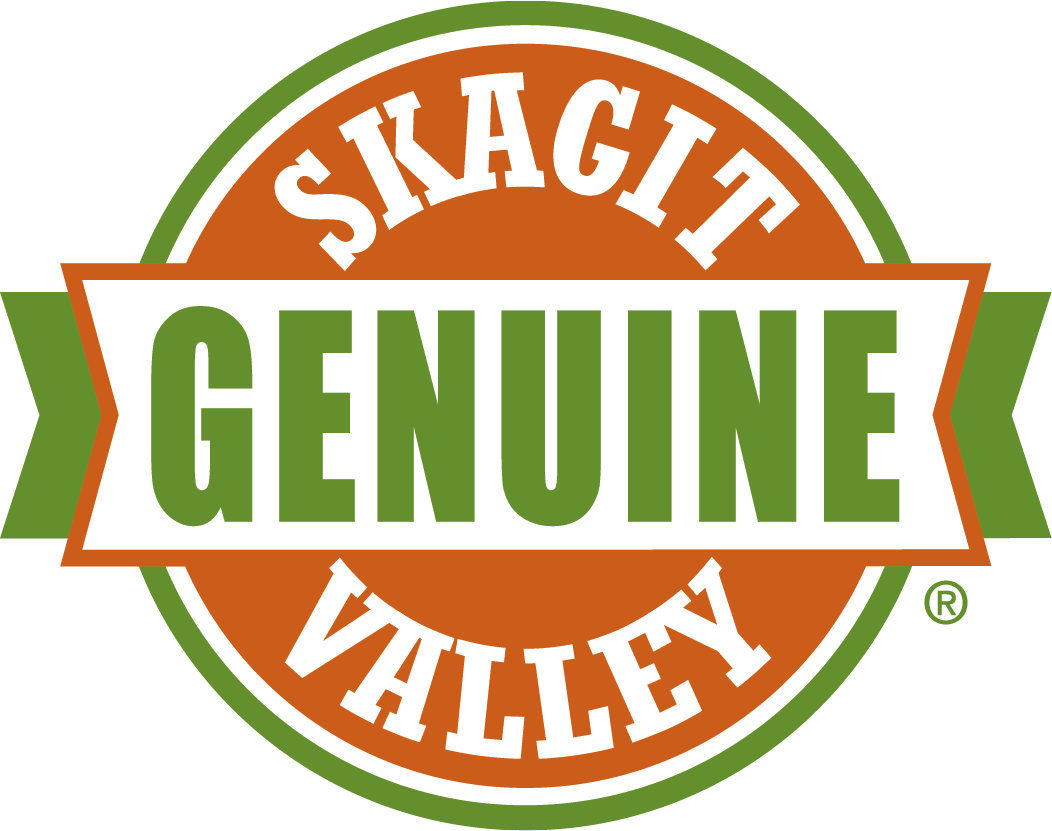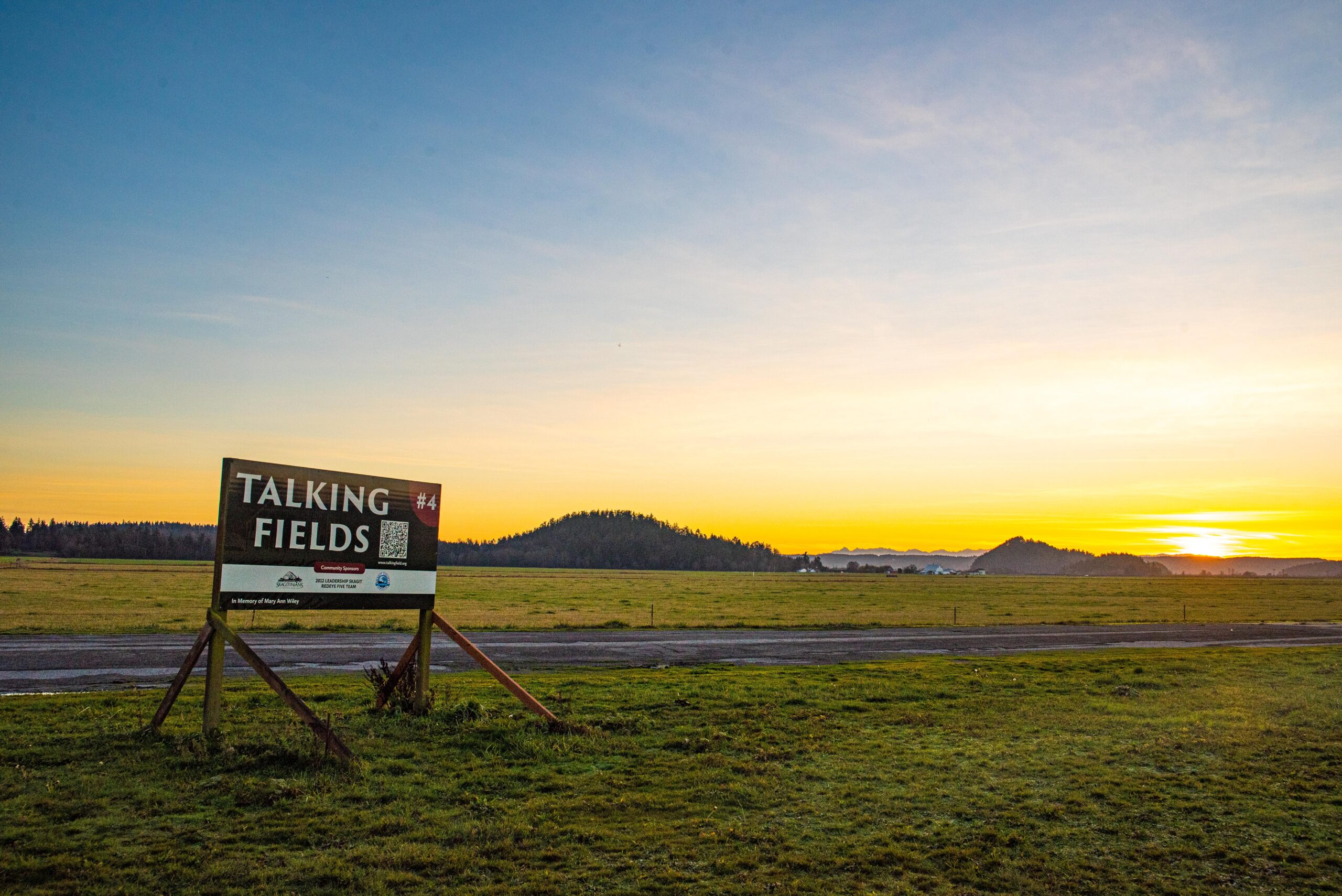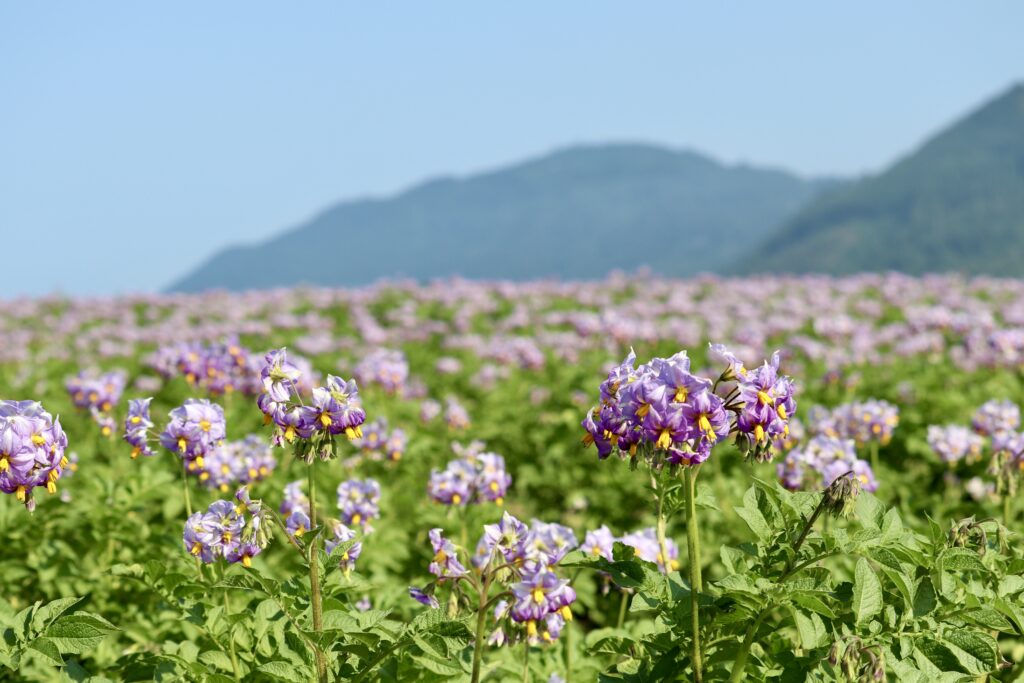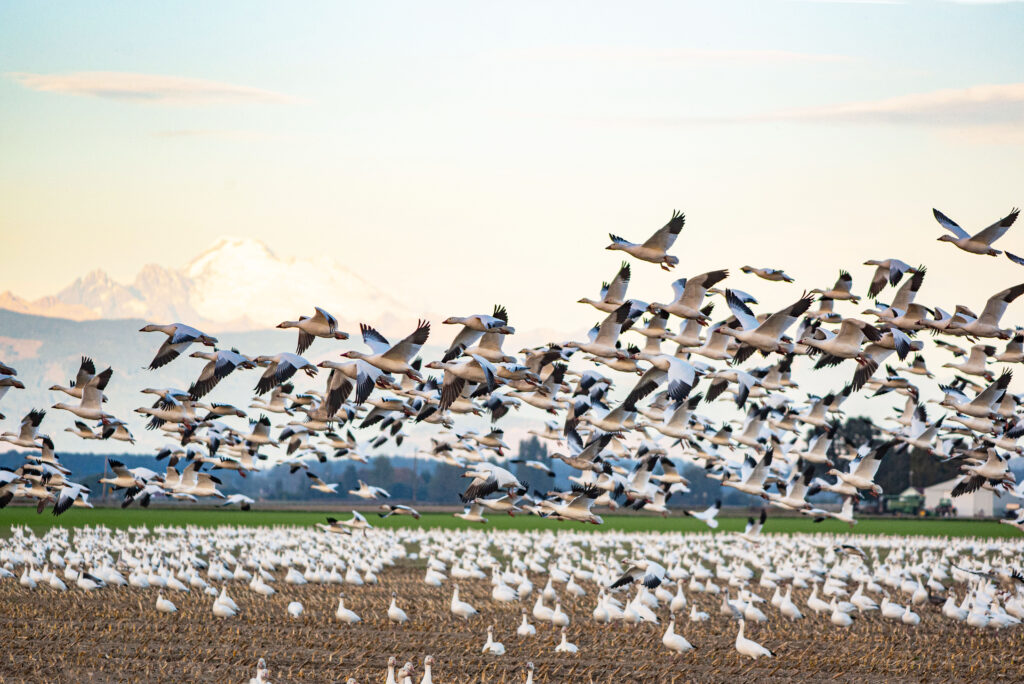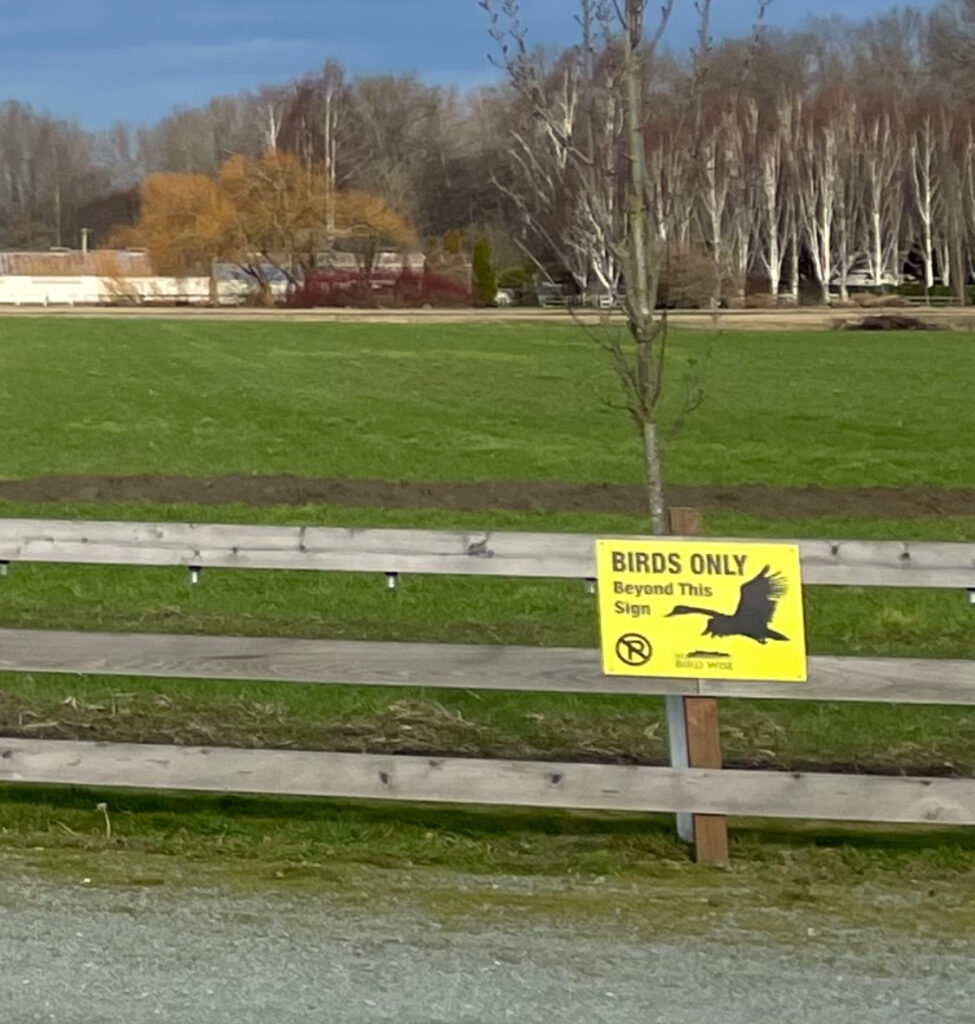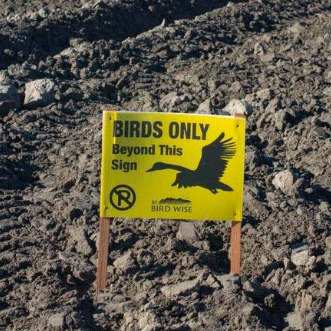Skagitonians to Preserve Farmland
#GSVMemberMonday Feature
In 1853 the Skagit Valley saw its first commercial crop of cultivated potatoes planted on March Point. In circa 1870 the first commercial production of oats was sent to markets in Seattle and by 1908 the Skagit Delta was producing more oats and hay per acre than any other place in the United States at the time. Skagit farmland and Skagit farmers have been supplying the region, state and world with nearly every crop imaginable for more than 150 years. Over the years, the Skagit Valley has been recognized as having some of the most agriculturally productive and valuable farmland in the world—ranked in the top 2 percent of soils.
However, poised between the major metropolitan areas of Seattle and Vancouver, B.C., Skagit County has faced, and continues to face, growing population, development and regulatory pressures. Farmers confront additional economic pressures from unpredictable crop prices, competition from corporate agriculture and climatic uncertainties. The toll on Skagit agriculture can be measured by the loss of farmland: More than 150,000 acres were farmed in the 1940s; today it is down to 93,000.
The challenge to preserve this unique, irreplaceable agricultural valley came to a head in 1989. Spurred by an unsuccessful attempt by the Trillium Corporation to develop a 280-acre theme park on prime farmland, known as Hollyhock Farms, five local farm families and their supporters joined together to found Skagitonians to Preserve Farmland (SPF). As reflected in the name, their mission is to ensure the continued economic viability of Skagit County agriculture and its required infrastructure. It is a mission as compelling and critical today as it was when those first five families and their friends gathered together to defeat a major conversion of farmland. Learn more about the unique history and early accomplisments of SPF here.
Today, SPF remains a critical part of the Skagit Valley voice, providing initiatives and supporting regulatory stability and market opportunities for farms, supporting policies and regulations that positively impact agriculture, and continuously engaging with the public, community leaders and elected officials. The Talking Fields program and Crop Identification sign project have been especially well received by visitors and locals alike.
Be Bird Wise Initiative Starts on Fir Island
One of the most recent initiatives that you may have heard about lately is the Be Bird Wise initiative. Be Bird Wise‘s main goal is to promote responsible behavior while viewing migratory birds on the agricultural landscape. The initiative aims to reduce instances of unsafe and/or illegal parking alongside roads and private property and; reduce incidents of trespassing on private lands through public education.
We recently had a chance to talk with Executive Director Allen Rozema, who has been at the helm of SPF since 2006. He was eager to talk with us about the Be Bird Wise initiative, as were the community members who have been working dilligently since its inception in 2019. Due to the pandemic, this year has been the first year that the initiative really started gaining traction in the public’s eye. A new website was launched this past summer with a new blog that aims to educate the public on birdwatching and hunting in the Skagit Valley . This past fall, Be Bird Wise volunteers gave out signs to farmers and landowners on Fir Island who wanted to post them on their land. In addition, surveys have been conducted between land owners, hunting enthusiasts, and the general public to facilitate inclusion and start a working dialogue between parties.
Right now, the program is mainly centered around activity on Fir Island, but SPF and Be Bird Wise volunteers hope that in time the program can be expanded to other popular birding areas in Skagit County. Farmers or landowners who live on Fir Island and may be interested in picking up the new signs may reach out to Jeff Osmundson at Skagit Audubon at: education@skagitaudubon.org
As we always do on our #GSVMemberMonday feature, we recently asked Allen about his favorite Skagit grown crop, knowing that this could be a difficult question to answer, with his vast wealth of knowledge on the various Skagit grown crops that grow here in the valley. Here’s what he had to say:
“Hmmm . . . our favorite #skagitgrown crop: – this will get us in trouble for sure! For me, it would have to be the grains – barley and wheat.”
Whether you’re taking part in this year’s great backyard bird count or enjoying a peaceful drive through the Skagit Valley farmland, we hope you’ll take a moment to learn more about Skagitonians to Preserve Farmland and the Be Bird Wise initiative. We’re grateful for SPF’s partnership in supporting and preserving our county’s rich agricultural history and are proud to feature them as this week’s #GSVMemberMonday feature.
Happy New Year from your friends at Genuine Skagit Valley.
